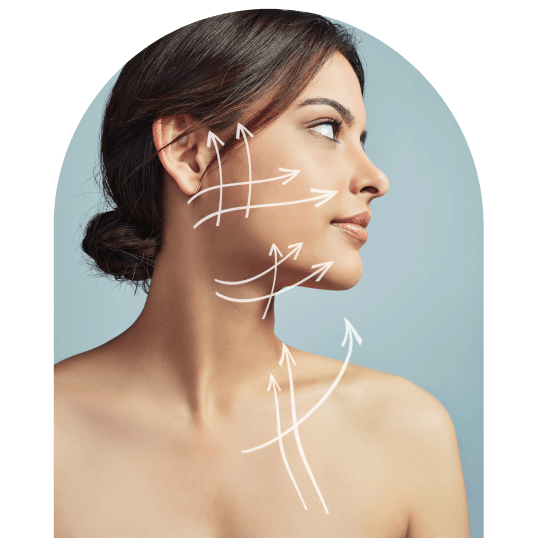There is minimal or no downtime following a Thread Lift procedure for most patients, however, mild swelling or bruising may occur. We recommend the following post-treatment:
- Apply cold packs immediately after if required
-Take paracetamol for 2-3 days
-Sleep face-up and elevated on pillows for 3-5 nights
-Keep the treated area clean for 5 days, avoid makeup for 1 day
Immediately after treatment, the area will be numb for several hours, so it is important not to drink, eat or manipulate the treatment area until you regain sensation. The treatment area may be red, swollen and bleed briefly, resulting in some bruising.
Do not schedule any major events on the day of, or for two weeks following treatment, to allow for any bruising or swelling to subside.
After the anesthetic wears off, there may be some transient pain and discomfort, especially a tight, pulling feeling if you had the lifting procedure. These feelings usually ease within a week and can be controlled with medication.
A full list of post-treatment care instructions will be provided to minimise side effects and maximise results.
You should also schedule a review appointment with your Practitioner two weeks after receiving treatment, at which point further treatment may be required to achieve the desired outcome.




